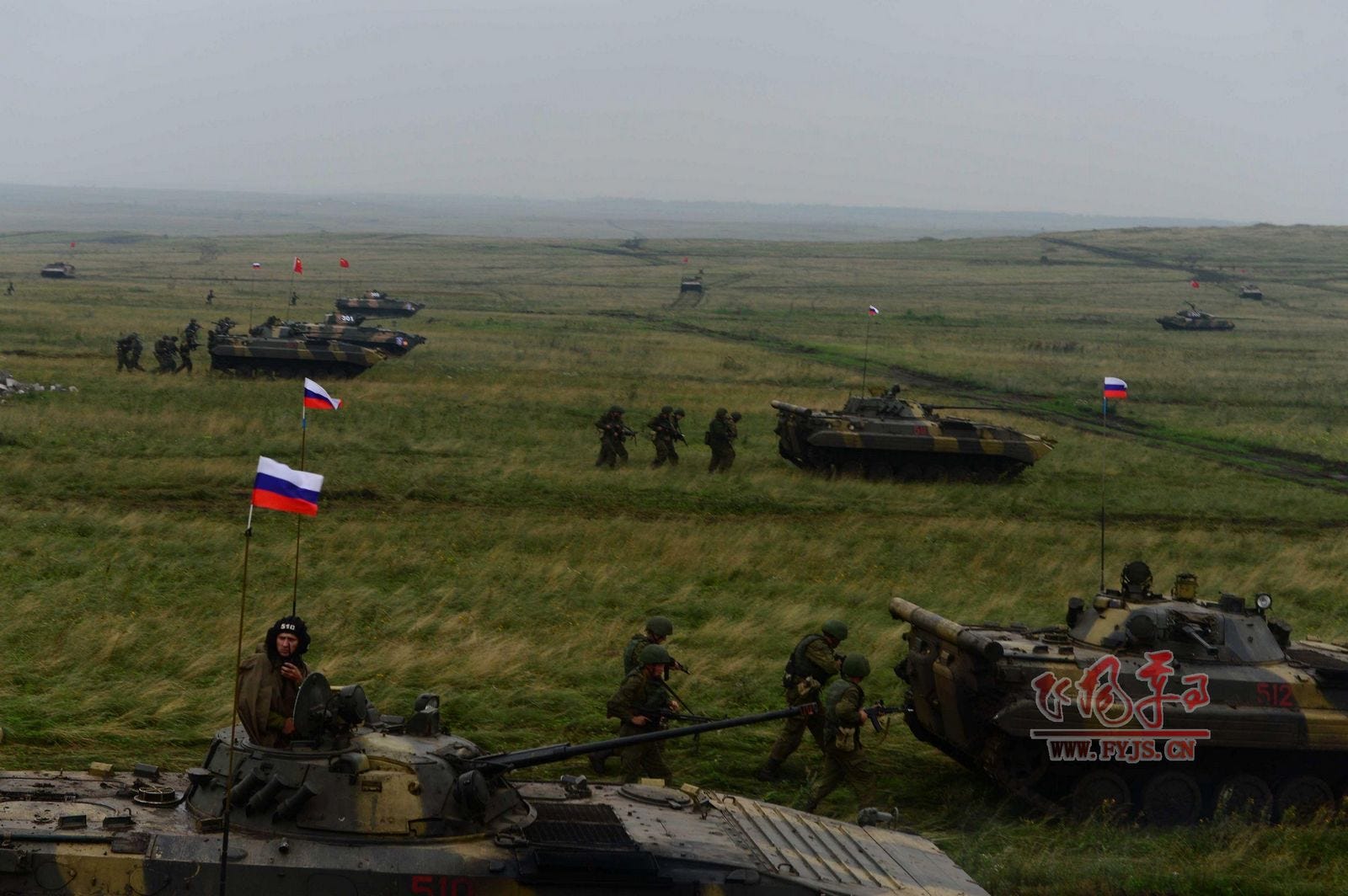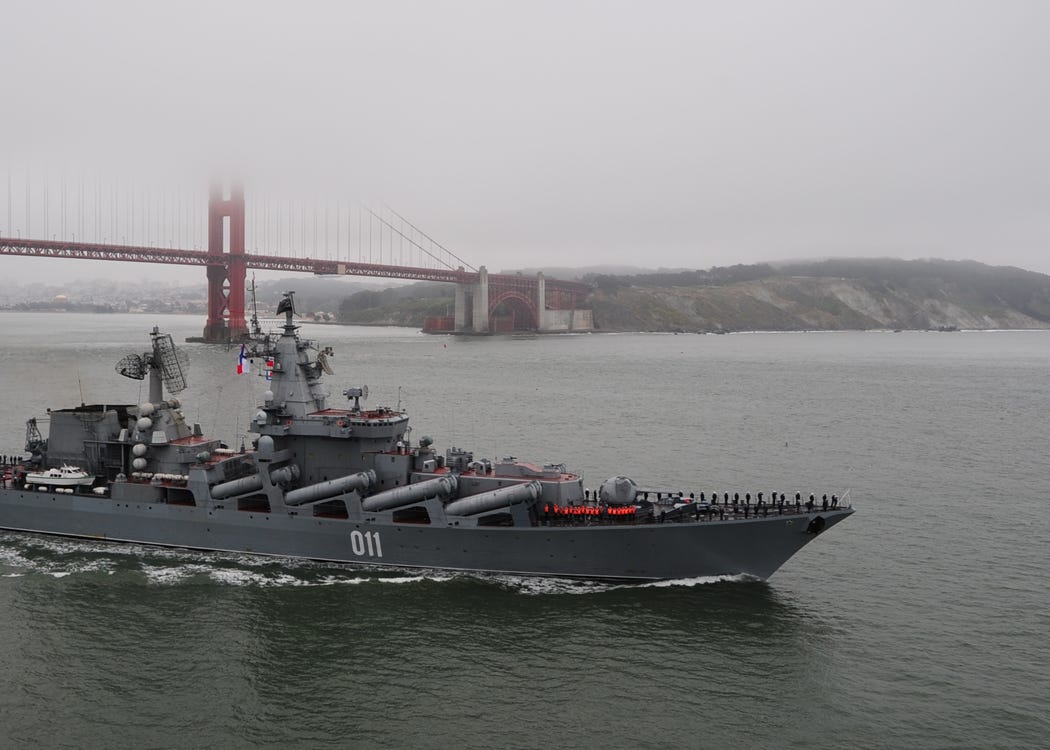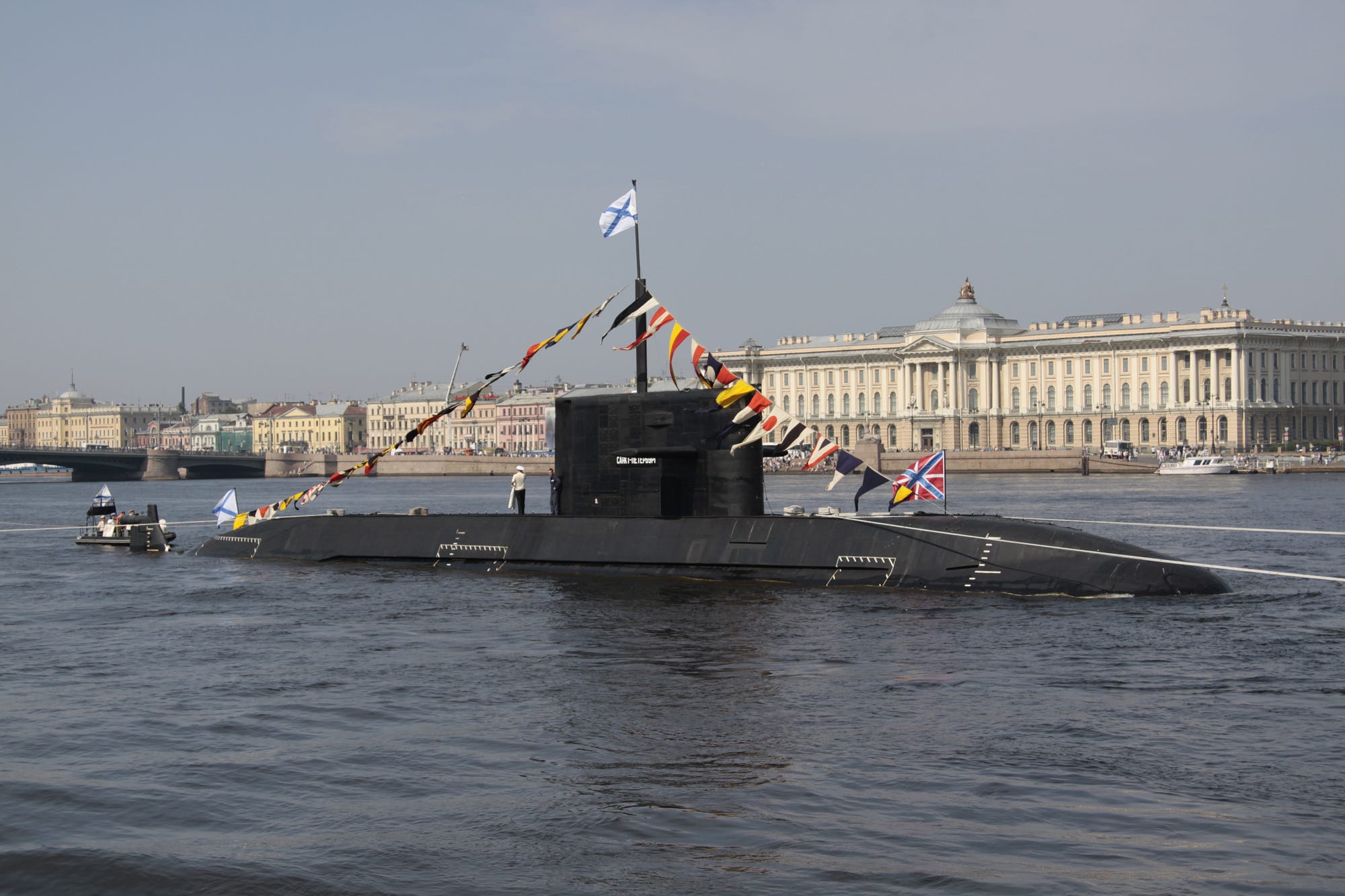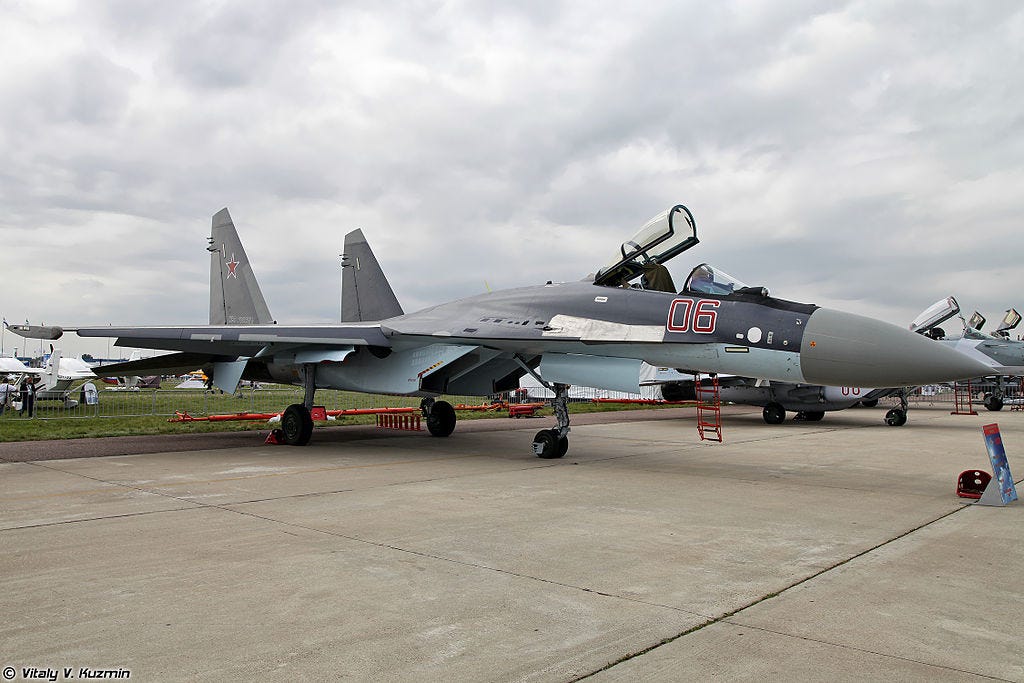The odd couple of totalitarian regimes is less powerful than you think
In mid-November, Russian defense minister Sergey Shoigu flew to Beijing for high-level military talks. Shoigu was scheduled to meet with Prime Minister Li Keqiang and Defense Minister Chang Wanquan to discuss “current issues of international and regional security and bilateral military and military-technical cooperation,” according to the Russian Tass news agency.
At the top of the list was almost certainly America’s “pivot” to Asia and how Russia and China—two of Asia’s biggest military powers—might counter the any increase in American troops and weaponry in the region.
The prospect of a Russian-Chinese axis might sound scary to Westerners. But it’s not, really. Russia and China are both weaker than they appear. And they have as many reasons to compete as they do to cooperate.
And even if they do get along, the combined military power of Russia and China combined is only slightly more formidable than either country going to war separately.
 Chinese and Russian mechanized infantry train together. Photo via Chinese Internet. At top—Russian president Vladimir Putin and Chinese premier Xi Jinping. AP photo/How Hwee Young
Chinese and Russian mechanized infantry train together. Photo via Chinese Internet. At top—Russian president Vladimir Putin and Chinese premier Xi Jinping. AP photo/How Hwee Young
Two not-so-great powers
China and Russia spend much less on their militaries than the United States does on its own. China spent $188.4 billion on defense in 2013, while Russia spent $87.8 billion, according to the Stockholm International Peace Research Institute.
Combined, both countries spent less than half the $640 billion the U.S. did that same year.
Russia has 845,000 men and women under arms, 2,750 main battle tanks, 1,500 combat aircraft, nearly 400 military helicopters and 82 combat vessels, including surface warships and submarines.
Likewise, China has 2.3 million people in uniform. The People’s Liberation Army, the umbrella organization for all of China’s armed services, possesses 7,580 tanks, 1,321 warplanes and 130 warships.
Experts believe China has around 250 nuclear warheads, Russia about 4,500.
These figures are impressive, but there’s a catch. Very little of this equipment is modern.
 The guided missile cruiser Varyag, flagship of the Russian Pacific Fleet, entering San Francisco Bay in 2010. U.S. Navy photo
The guided missile cruiser Varyag, flagship of the Russian Pacific Fleet, entering San Francisco Bay in 2010. U.S. Navy photo
Strapped giant
The Russian Pacific Fleet submarine force is the oldest in the fleet, relying on 22 aging Delta-class ballistic missile submarines, Oscar-class cruise missile submarines and Akula- and Kilo-class attack subs. Almost all are at least 25 years old.
Russia is trying to modernize—and, to that end, doubled its defense budget between 2004 and 2014. Moscow planned on spending $576 billion on its military between 2010 and 2020.
But even Pres. Vladimir Putin’s finance minister has warned that the plan is unrealistic in light of the economy’s anemic growth.
Furthermore, Russia’s vast size dilutes its combat power. Russia spans 11 time zones with the potential for trouble almost the entire way—a powerful NATO, a restive Caucasus, Central Asia and even North Korea. There is, on average, only one Russian soldier for every eight square miles of Russian territory.
Russia’s military in the Far East is adequate for holding on to the country’s own vast territories, but not much else. And there’s certainly not enough leftover military power for offensive ops. Bringing in extra airborne divisions, marines or fighter squadrons from other regions could leave Ukraine or the Caucasus exposed.
 The Russian navy submarine St. Petersberg,. Photo via Wikipedia
The Russian navy submarine St. Petersberg,. Photo via Wikipedia
Up and comer
China, like Russia, is an authoritarian state struggling to modernize a large, antiquated military. Even after 15 years of modernization, much of Beijing’s weaponry is still old.
Just 450 of China’s tanks are modern types. Likewise, only around 500 of China’s combat aircraft are modern. China’s submarine fleet—54 submarines in all—is equally antique.
Historically, China’s military has been defensive—focusing mostly on preventing invasion. But today Beijing commands the world’s second-largest economy. That begs for a military with global reach.
To that end, China is building aircraft carriers and amphibious assault ships and is also acquiring aerial-refueling and command-and-control aircraft.
Beijing’s military spending is the second-highest in the world, but the PLA is trying to modernize and go expeditionary while also developing its own weapons. That’s a staggeringly expensive—and perhaps impossible—combination.
 Soviet and Chinese border guards in a pushing match along the Ussuri River in 1969
Soviet and Chinese border guards in a pushing match along the Ussuri River in 1969
No special relationship
There are no strong historical ties—no “special relationship”—between Russia and China, as there is between, say, the United States and Great Britain.
The Soviet-Chinese alliance of the 1950s, based on shared ideology, came to an end when ideologies shifted. The two countries quickly became adversaries and, in the late 1960s, even fought a short, sharp border skirmish.
The most likely explanation for today’s closer ties is that it’s simply better to be friends than enemies. The Sino-Russian border is 2,670 miles long. The manpower and resources it would take to defend it would be crippling to both sides.
Bad relations between the two countries could easily tie up the entire Russian army, or force China to boost its military spending even higher.
It’s much easier for Moscow and Beijing to try to get along—or pretend to, anyway. The Americans are less dangerous to either Russia or China than the latter are to each other.
China and Russia would both prefer to keep the United States out of Asia and the Pacific. China wants a free hand in Asia and the South and East China Seas and believes it is now powerful enough to carve out its own sphere of influence.
It does not, however, believe it is powerful enough to pull that off on its own.
For its part, Russia wants to keep the Americans out because it’s weak in the Asia-Pacific. As it stands, Russia can barely defend its historical territories, let alone project a security buffer into the Pacific Ocean. Aligning with China creates enough uncertainty and ambiguity to give an opponent pause.
There are other benefits. China buys Russian military equipment it can’t build on its own, particularly new fighters and submarines. This affords China time to research key technologies—metallurgy, for one—while continuing to modernize the People’s Liberation Army.
Russia gets hard currency—$13.2 billion from arms sales in 2013, with China the second largest client.
 A Russian Su-35 fighter-bomber. Vitaly V. Kuzmin photo
A Russian Su-35 fighter-bomber. Vitaly V. Kuzmin photo
Diverging goals
Russia and China fundamentally disagree about how to interact with the rest of the world. Moscow, meddling in Syria and Ukraine has exposed a deeply interventionist side, using military power to reestablish old Soviet borders and prop up former Soviet client states.
Beijing, on the other hand, has pursued an anti-interventionism policy. This makes sense. China was a virtual playground for foreign powers for more than a hundred years, from the Opium War to World War II. The anti-interventionist policy even frames China’s dispute with Taiwan as an internal Chinese matter, and not a conflict between two separate countries.
China is too smart to become closely linked to Russia, which is quickly achieving pariah status in the international community. China has no interest in defending the Russian invasion of Ukraine. Similarly, Russia doesn’t want to get tangled up in China’s posturing over the East and South China Seas.
Despite the high-level talks and bilateral exercises, there’s less to the China-Russia alliance than meets the eye. The two are both weak, insecure states looking for temporary allies. Once China—or Russia—considers itself powerful enough to counter the other and the United States, this shotgun marriage of two middling powers will end.
Fortunately for the rest of Asia and the Pacific, that day is still a long, long way off.
No comments:
Post a Comment